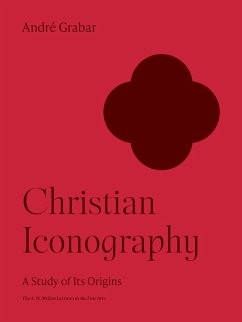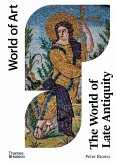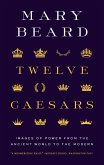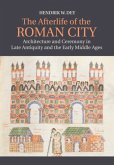An illuminating look at the iconography of the early church and its important place in the history of Christian art In this book, historian André Grabar demonstrates how early Christian iconography assimilated contemporary imagery of the time. Grabar looks at the most characteristic examples of paleo-Christian iconography, dwelling on their nature, form, and content. He explores the limits of originality in such art, its debt to figurative art, and the broader cultural climate in the Roman Empire, drawing a distinction between expressive images-that is, genuine works of art-and informative ones. Throughout, Grabar establishes the importance of imperial iconography in the development of Christian portraits and sheds light on the role they played alongside other forms of Christian piety in their day.








